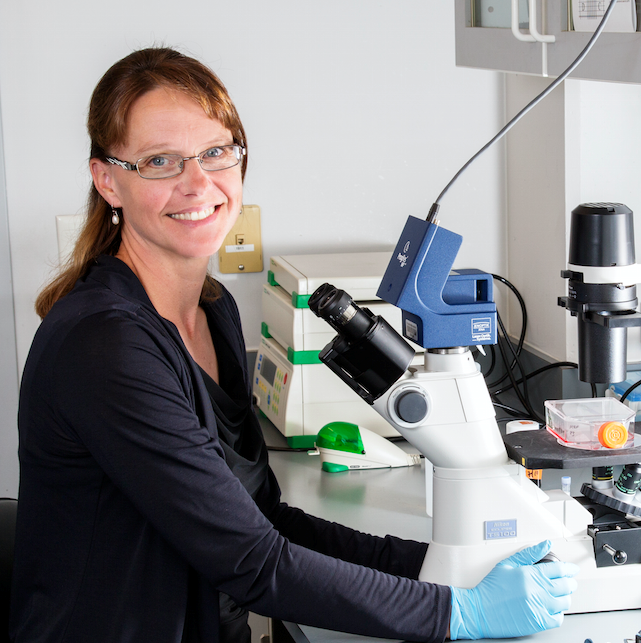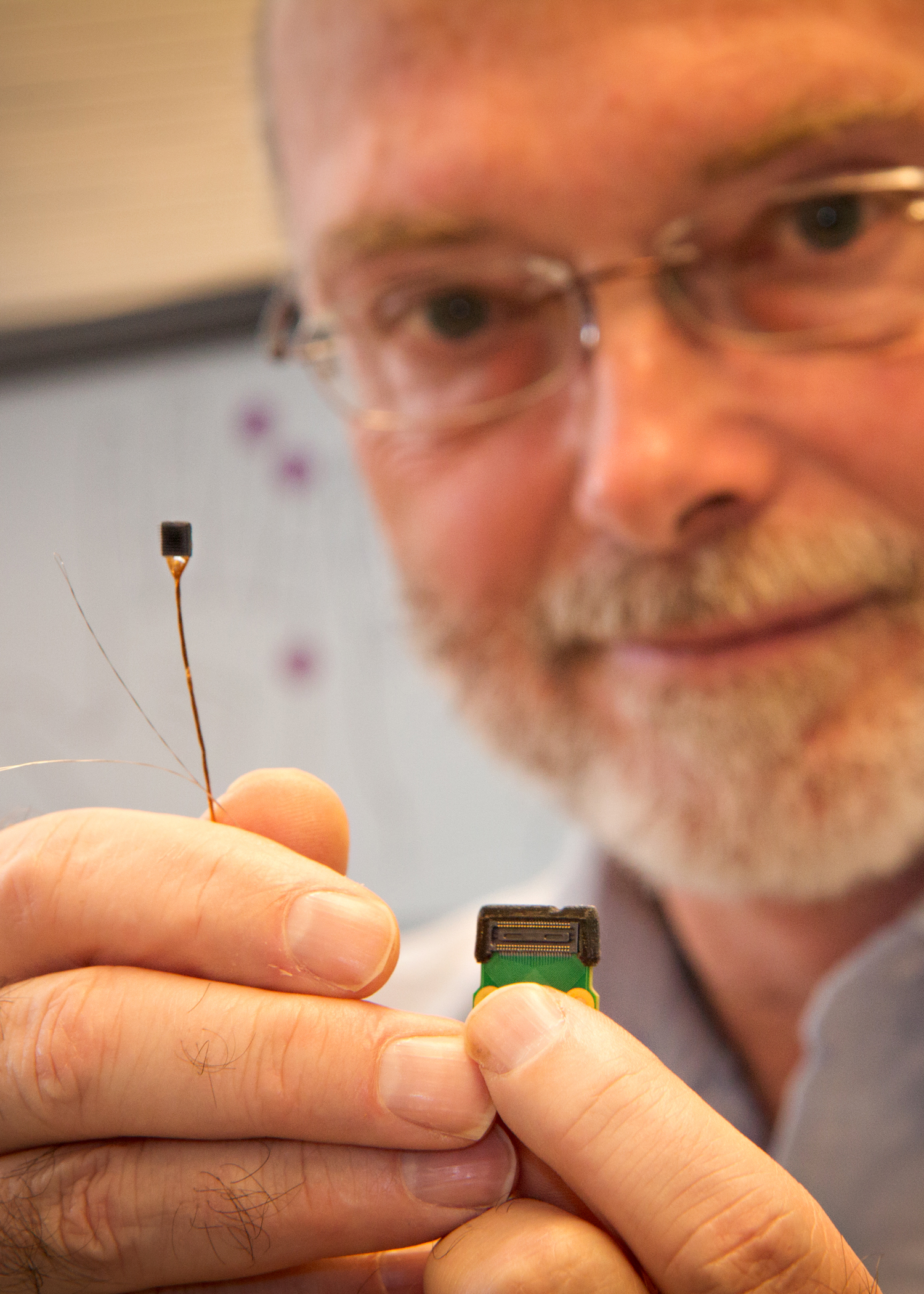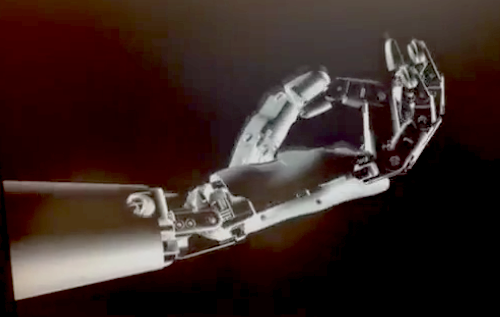Faculty Awards Keep Coming
Assistant professor Tara L. Deans has received an NSF Faculty Early Career Development Program (CAREER) Award as well as the 2016 Young Investigator Award from the Office of Naval Research. Deans joined the Department of Biomedical Engineering in 2013 after completing her postdoctoral fellowship at Johns Hopkins University. She currently runs an applied synthetic biology laboratory where she is building genetic tools to study the mechanisms of stem cell differentiation and how to direct their cell fate.
A main focus of Deans’ laboratory is to produce blood cells, specifically platelets and red blood cells, outside of the body. This approach is significant because it has the potential to produce large volumes of purified platelets and red blood cells that will eliminate the inherent risks associated with human donation.
The NSF CAREER Award is for Deans’ work in “Probing Stem Cell Differentiation with Synthetic Biology. “Finding alternative sources of high-quality platelets and red blood cells can help alleviate chronic shortages in the supply of these blood cells. Homeostasis, wound healing, angiogenesis, inflammation, and clot formation all rely upon the sufficient supply of healthy blood cells within a person’s bloodstream. During disease and injury, transfusion remains the most effective way to increase a patient’s platelet and red-blood-cell count, however limitations in the supply of these cells is a constant problem because they have a shelf life of roughly six weeks for red blood cells, and only five days for platelets. This grant was awarded to study the mechanisms of how and when stem cells become mature blood cells. The five-year NSF grant is for more than $500,000.
Read more about the CAREER Award.
The Office of Naval Research (ONR) Young Investigator Award will support Deans’ work on “Engineering Multifunctional Blood Products with Synthetic Biology.” Deans’ lab is utilizing synthetic biology to engineer platelets and red-blood cells as sensing and delivery vehicles. She is working to develop novel technologies that will enhance the function of platelets and red blood cells to locate injury-related trauma sites and secrete therapeutic proteins upon arrival to these sites. These enhanced functions will enable the stabilization of patients of all kinds, including soldiers while they are transported to the hospital or to safety on the battlefield. This technology is also being used to enhance wound healing and the regeneration of injured tissue. The three-year ONR grant is for more than $500,000.
Read more about the Young Investigator Program.
Professor Greg Clark has received several new grants, totaling up to $5 million, from the NSF’s Division of Electrical, Communications and Cyber Systems (ECCS) for his work on “Integrative Strategies for Understanding Neural and Cognitive Systems” as well as a contract from DARPA’s Hand Proprioception and Touch Interfaces (HAPTIX) program for his work on “Embodied Neuroprostheses.” For the NSF ECCS grant, he is Co-PI on a project whose goal is to explore more basic-science questions of sensory-motor integration via recording from and stimulating arm nerves.
The NSF ECCS addresses fundamental research issues underlying device and component technologies, power, controls, computation, networking, communications and cyber technologies.
Read more about the ECCS.
For DARPA’s HAPTIX program, the goal of the Utah research is to restore sensorimotor function to humans with upper-limb loss via use of Utah Slanted Electrode Arrays implanted in residual arm nerves for recording and stimulation, along with recordings of myoelectric signals. The project is intended to culminate in a one-year take-home trial in which these signals are connected to an advanced prosthetic limb.
The HAPTIX program seeks to create a prosthetic hand system that moves and provides sensation like a natural hand. Sensory feedback , especially from the hand, is vitally important for many functions, and HAPTIX seeks to create a sensory experience so rich and vibrant that users would want to wear their prostheses full time. Without this feedback, even the most advanced prosthetic limbs remain numb to users, a factor that impairs the limbs’ effectiveness and their wearers’ willingness to use them.
A key focus of the HAPTIX program is on creating technology to interface permanently with the peripheral nerves in humans.
Read more about the HAPTIX program.


